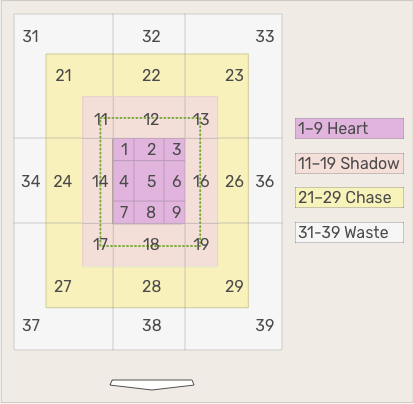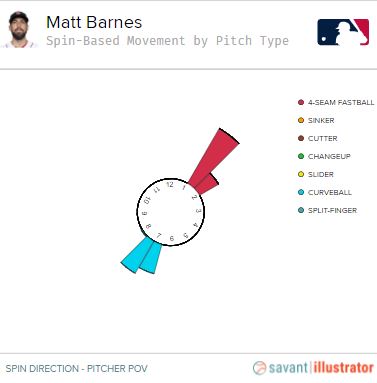Another Unique and Wondrous No-Hitter, Just Like Yesterday
For the better part of five years, Corey Kluber was borderline unhittable. At his double-Cy-Young peak, he was a one-man dead ball era, putting up a 2.85 ERA even as offensive numbers exploded across the league. Though he never closed the deal, he felt like a threat to pitch a no-hitter every time he started.
Kluber isn’t the same pitcher he once was. His walk rate is nearly double where it sat in those halcyon years; his strikeout rate has declined. His fastball doesn’t always crest 90 mph anymore. But he still has that same vicious cutter/slurve combination that powered his ascent, and let’s be honest with each other: This year, nearly every pitcher feels like a threat to throw a no-hitter every time out.
Kluber no-hit the Rangers last night, a capstone achievement that will forever feel slightly out of place with the arc of his career. That’s not to discount the moment: He was excellent last night. He worked off of his slurve rather than vice versa; he threw 31 of them and only 23 sinkers. From the start of the game, he was placing the pitch exactly where he wanted it, befuddling the Rangers’ lineup:
Kluber’s ceaseless desire to fill up the zone worked in his favor last night. He drew a whopping 25 called strikes, a number he hadn’t surpassed since his glory days. Batters step in against him wondering which breaking ball he’ll embarrass them with, which is a truly awful mindset to take into at-bats against a strike-throwing machine, but that’s always been his unique gift: He throws so many pitches that break at so many strange angles, putting batters at a disadvantage right from the jump.
Read the rest of this entry »


